Leading market players significantly invest in research & development to innovate and expand their product offerings. These investments aim to develop advanced secondary macronutrient formulations that cater to specific crop requirements, improve nutrient absorption, and enhance overall crop health. Secondary macronutrient industry participants actively undertake strategic activities to expand their market presence and strengthen their position. Key market developments include new product launches with improved nutrient compositions and convenient application methods and entering into contractual agreements with distribution partners and agricultural cooperatives to broaden their reach.
Mergers and acquisitions are also rising in the secondary macronutrient industry. Major players are acquiring specialized companies to access innovative technologies, consolidate their market share, and expand their product portfolios. These strategic moves position them as comprehensive solution providers, enabling farmers to source all their secondary macronutrient needs from a single supplier. In recent years, the secondary macronutrient industry has offered some of the most significant advantages that address specific nutritional requirements and improve soil health and performance.
Major players in the secondary macronutrients market, including Nutrien Ltd (Canada), Yara International ASA (Norway), The Mosaic Company (US), Israel Chemicals Ltd (Israel), SPIC (India), Koch Industries INC (US), Coromandel International Ltd (India), Haifa Negev Technologies LTD (Israel), Kugler Company (US), IFFCO (India), Western Nutrients Corporation (US), Arise Agro Limited (India), are striving to boost market demand by increasing their R&D efforts, expanding their product portfolios, and adopting sustainable practices.
Yara International ASA, headquartered in Oslo, Norway, is a leader in crop nutrition and environmental solutions. Founded in 1905 as Norsk Hydro and later demerged in 2004, the company offers a diverse portfolio of fertilizers, crop nutrition solutions, and industrial products, including nitrogen-based, phosphate-based, and compound fertilizers, as well as specialty fertilizers and industrial chemicals. Yara operates in over 60 countries and serves farmers worldwide through an extensive distribution network. In March 2021, Yara International revealed its plans to expand its portfolio of secondary macronutrient products.
The company announced the development of innovative micronutrient-enhanced fertilizers, which are expected to improve crop yields and nutrient use efficiency.
Nutrien Ltd is a fertilizer manufacturing firm that develops and supplies fertilizers such as nitrogen, potash, phosphate, and ammonium sulfate. It also offers crop protection and fertilizer products, goods, seed solutions, and digital tools to crop growers. It provides retail services like field advising, crop consulting, and agronomic solutions. Nutrien sells its goods to industrial and agricultural customers worldwide. The corporation operates in Canada, the United States, Australia, Brazil, Trinidad & Tobago, Argentina, India, China, and other Latin American and Asian countries. Nutrien's headquarters are in Saskatoon, Saskatchewan, Canada.
In November 2020, Nutrien introduced a new line of premium secondary macronutrient products enriched with essential trace elements. These products address specific nutrient deficiencies in different soil types, enhancing overall crop health and quality.
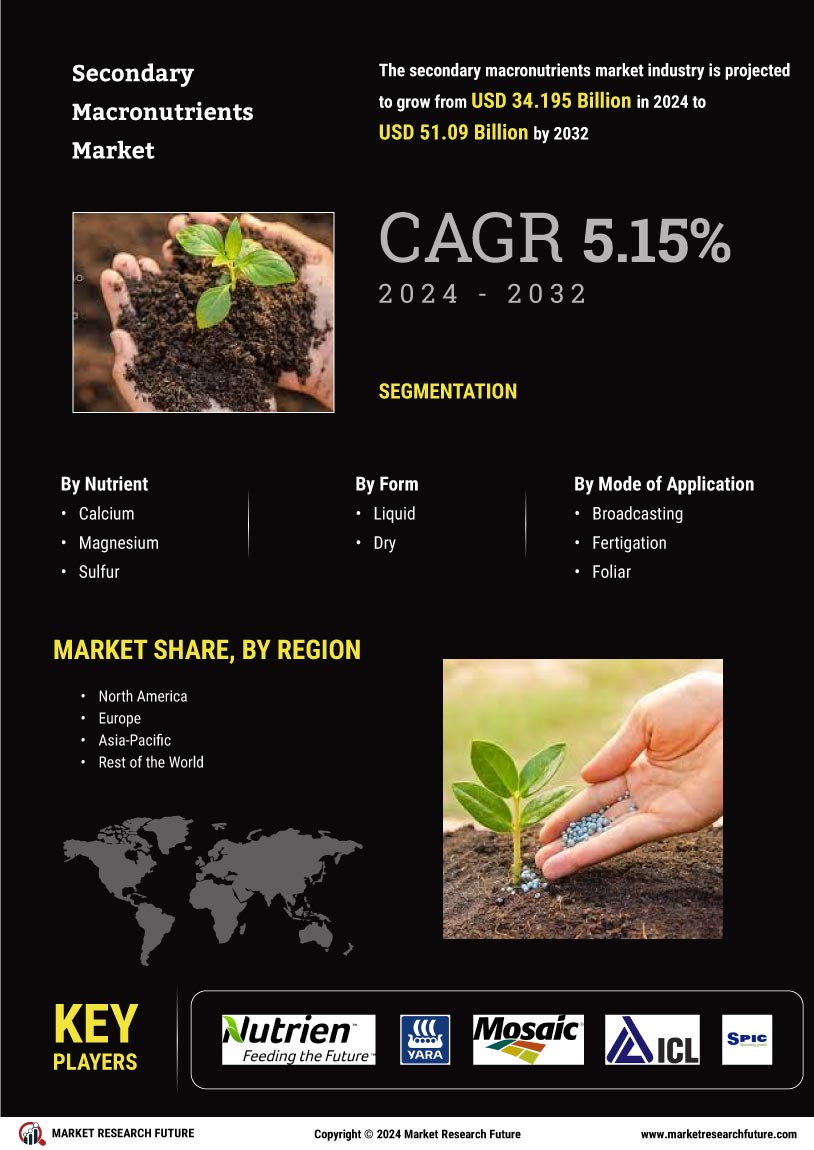

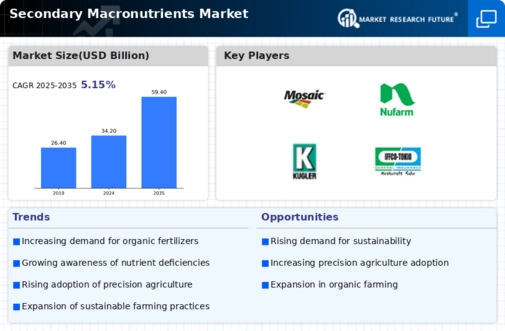
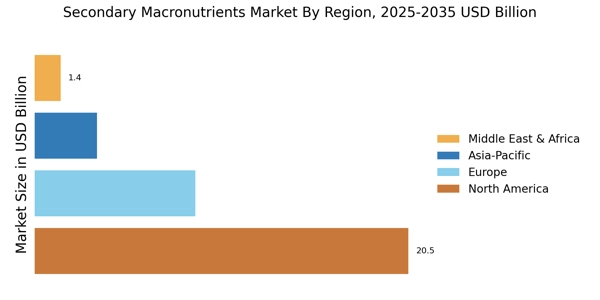

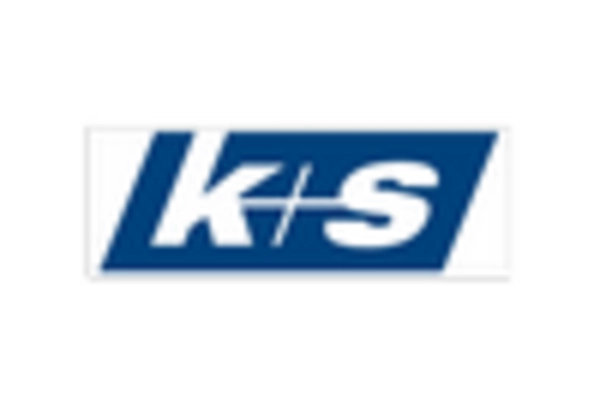
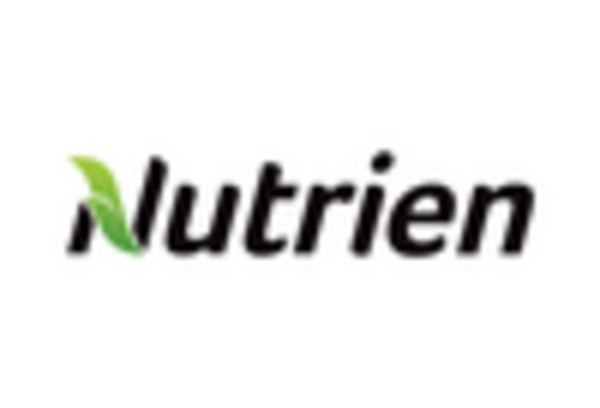
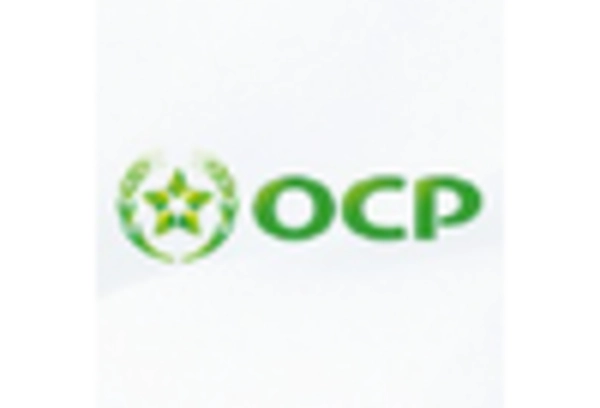
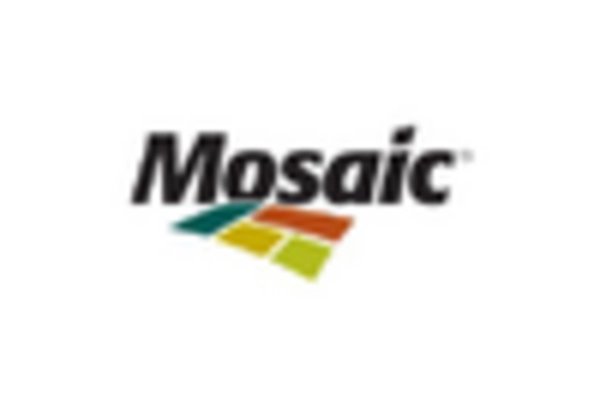









Leave a Comment